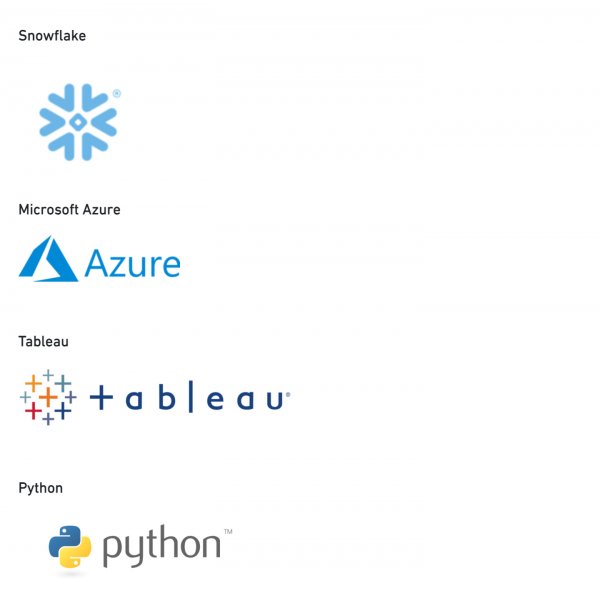
Saving over $70 Million with Artificial Intelligence

The Brief
A large printing and distribution company produces and mails catalogs, retail inserts, magazines, and books. The company prints and distributes over 6 billion catalogs and magazines every year.
To lower postage costs, the company allows customers to join a cooperative mail program. The program allows the company to package participating customers’ orders together to efficiently distribute workloads across the company’s infrastructure.
Apexon has maintained a time-honored and trusted partnership with the company for over ten years. That trust enabled our Data & Analytics team to develop a machine learning solution that optimizes the cooperative mailing program’s operations, saving customers over $70 million per year in postage costs.
The Challenge
Shipping costs formed a large portion of the company’s expenses, exceeding the company’s printing total printing costs. Reducing the postal costs through the cooperative mailing program would not only lead to large savings, but it would also help the company attract new customers through competitively low fees.
The company primarily worked with one third-party postal service to deliver materials to customers since the vendor would provide discounts for presorted bulk mail. Each week the company was tasked with determining how to configure its packaging equipment to create bundles that net the most savings from the postal service provider.
The challenge the company faced was the fact that there was an astronomical number of ways to configure its packaging equipment. The sheer number of possibilities made it bafflingly difficult to come up with an optimal configuration on time.
Apexon’s task was to use artificial intelligence to (1) shrink the number of possible configurations down to a smaller, workable set of optimal ones, and (2) select the best configuration from this smaller set given both equipment and timing constraints.
The Solution
Our Data & Analytics Practice, informed by the latest research, developed a custom machine learning solution.
The Practice knew that our data followed certain patterns. So, their solution used unsupervised learning algorithms to group find patterns in the data. These algorithms are great at finding unknown patterns in the data. In our case, these patterns represent equipment configurations that net large savings.
Eventually, the algorithms group mail into bundles that the company could configure their packaging equipment to produce.
The algorithms the Practice employed work in tandem, feeding each other their outputs to optimize the solution even further. For instance, one of the solution’s algorithms generates a set of configurations optimized for bulk discounts while another algorithm optimizes the configurations based on the delivery addresses of each piece of mail.
Supervised vs. Unsupervised Learning
Supervised learning methods train using data that was “labeled” by a human. For example, an image classifier train with pictures of animals that a person labeled as a bird, cow, etc.
Unsupervised learning methods do not use labeled data. Instead, it has to find patterns in the data without any human input.
Some of the Algorithms We Used
Genetic algorithm. Possible outcomes are treated as “genes” in an environment that simulates natural selection. In our case, the equipment configurations are coded as genes, which survive and recombine until a small set of optimal equipment configurations is returned.
Hierarchical clustering algorithm with structural constraints. This algorithm groups similar data into a hierarchical structure (for example, an evolutionary tree or business’s organizational chart) given certain pre-existing constraints. We used this algorithm to cluster different prints together based on mail carrier routes to determine how to arrange the prints on the equipment lines.
The Results
Apexon’s solution will save consumers over $70 million each year by using machine learning to determine the equipment configurations that maximize savings. The solution can find an optimized configuration in fewer than 90 minutes.
Through these savings, the company can offer competitive fees for those who join the cooperative mail program, boosting client satisfaction, attract new customers, and drive growth.
Partnership/platforms/Software


As a result of this successful project, Apexon was awarded an Artificial Intelligence Excellence Award for “Automated Planning and Scheduling”.
The Business Intelligence Group announced the winners of its annual Artificial Intelligence Excellence Awards program. This business awards program sets out to recognize those organizations, products, and people who bring Artificial Intelligence (AI) to life and apply it to solve real problems.




